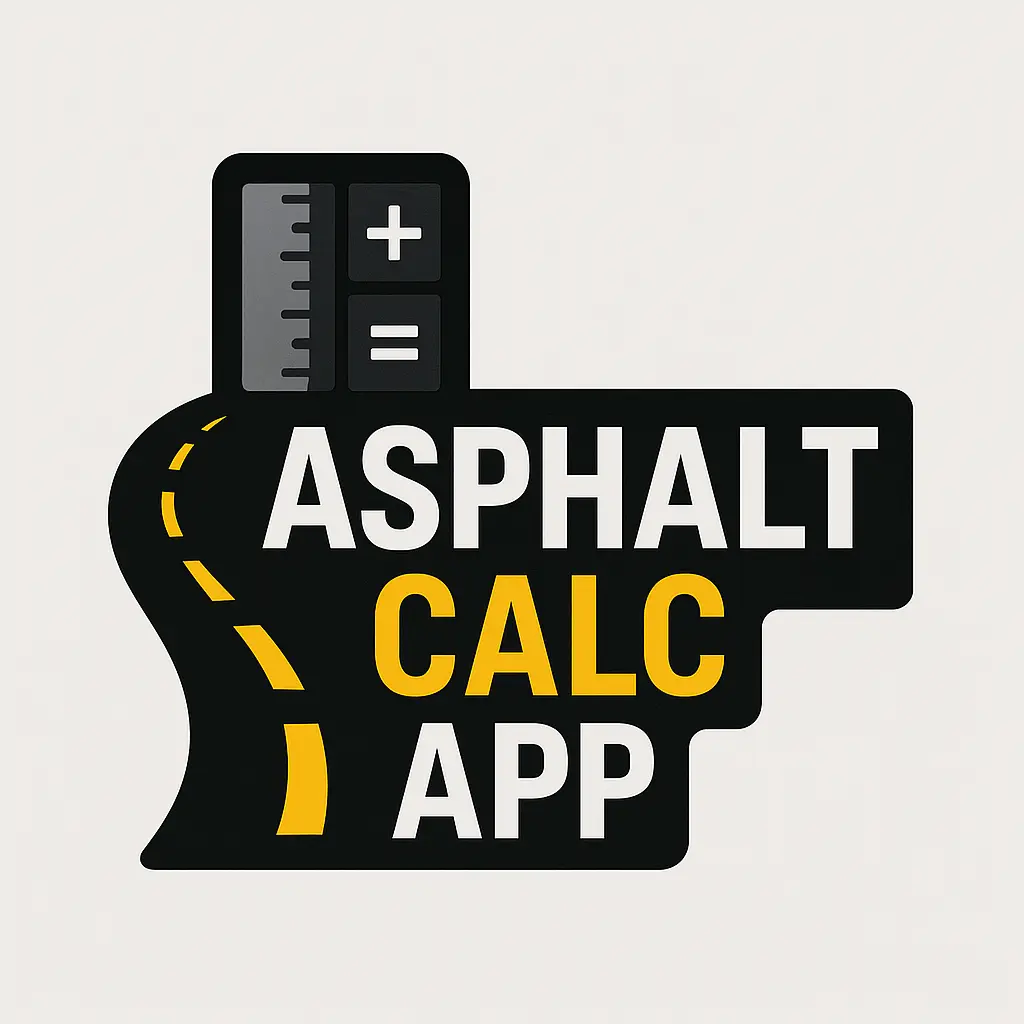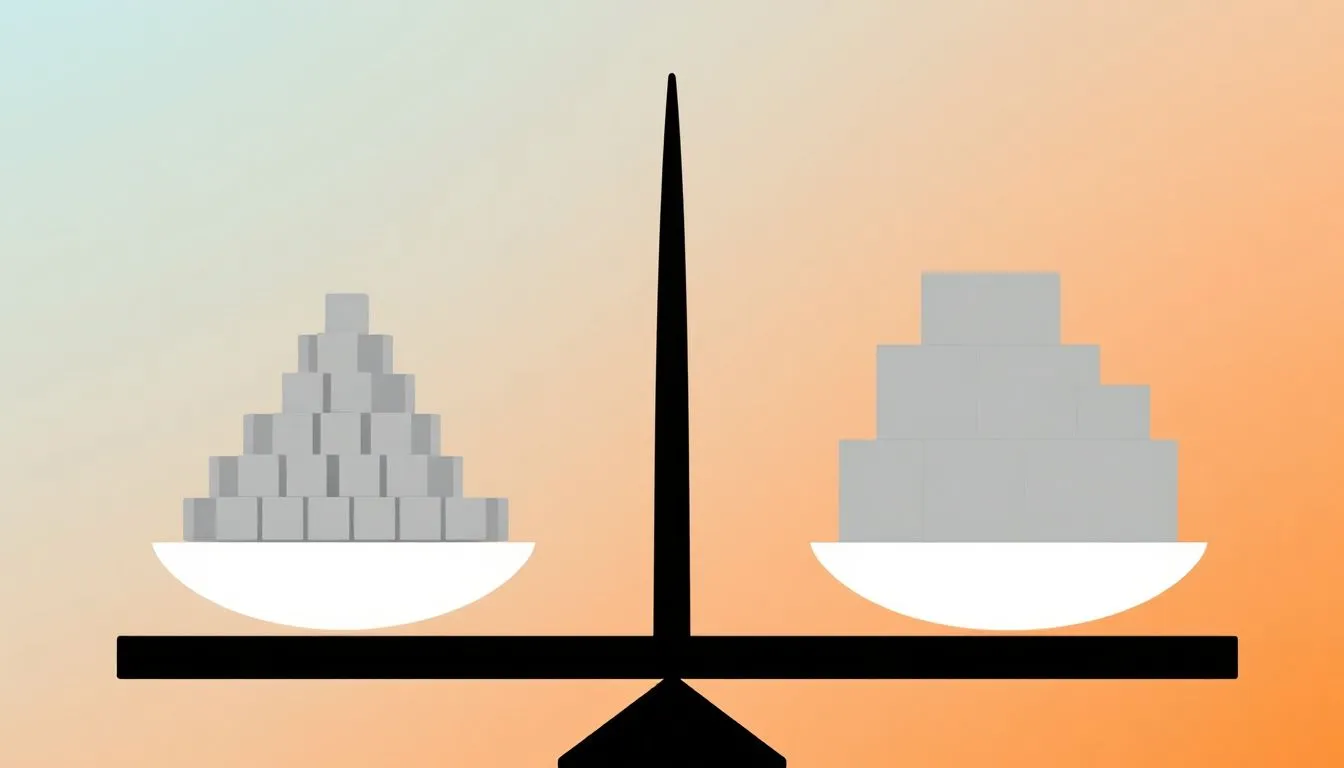The weight of concrete slabs plays a critical role in a variety of construction projects — from small residential foundations to massive industrial floors. An accurate weight estimation ensures structural integrity, optimal load-bearing capacity, and efficient material procurement.
However, shifting between metric and imperial measurement systems often leads to confusion and calculation errors. This guide explains how to use a concrete slab weight calculator, especially when converting between unit systems — ensuring your concrete slab calculations are accurate and project-ready.
🔗 Try it now: Concrete Slab Weight Calculator
🔎 Why Concrete Slab Weight Matters
Knowing your concrete slab’s weight is essential for:
-
✅ Structural safety
-
✅ Proper material planning
-
✅ Efficient transportation
-
✅ Budget and schedule accuracy
Incorrect slab weight estimation can lead to structural failure, material waste, and delivery delays — issues that can seriously derail your home or commercial project.
⚙️ Understanding Slab Weight Calculations
Slab weight is determined by:
-
Volume (Length × Width × Thickness)
-
Density (Material weight per volume unit)
These inputs must be precise. Minor miscalculations can translate into major structural and cost-related consequences.
📖 Related: Estimate Concrete Slab Weight by Thickness
📏 Metric to Imperial Unit Conversions
Construction teams often work with both metric (m³, kg/m³) and imperial (ft³, lbs/ft³) units. Seamless conversion between the two is crucial.
🔹 Volume: Cubic Meters to Cubic Feet
Conversion formula:1 cubic meter = 35.3147 cubic feet
🔹 Example:
A 10 m × 5 m × 0.2 m slab = 10 m³
Converted to ft³: 10 × 35.3147 = 353.147 ft³
🔹 Density: kg/m³ to lbs/ft³
Conversion formula:(kg/m³ × 2.20462) ÷ 35.3147 = lbs/ft³
Typical concrete density = 2400 kg/m³, which converts to ≈ 150 lbs/ft³
🧠 Tip: For different concrete mixes, refer to Concrete.org for verified density values.
🖩 How a Slab Weight Calculator Works
The slab weight calculator simplifies the following:
-
Input dimensions in metric (Length, Width, Thickness)
-
Input density in kg/m³
-
The calculator converts all values to imperial units
-
It multiplies volume (ft³) × density (lbs/ft³)
-
Result = Total slab weight in pounds (or tons)
✅ Accurate
✅ Fast
✅ No manual conversions
🏡 Practical Examples Using a Slab Weight Calculator
Residential Foundation
-
Size: 10 m × 8 m × 0.2 m
-
Volume:
16 m³ -
Converted Volume:
565.04 ft³ -
Weight:
565.04 × 150 = 84,756 lbs (≈42.4 tons)
Perfect for delivery planning and structural checks.
Industrial Warehouse Floor
-
Size: 50 m × 30 m × 0.25 m
-
Volume:
375 m³ -
Converted Volume:
13,243 ft³ -
Weight:
13,243 × 150 = 1,986,450 lbs (≈993.2 tons)
Helpful for estimating heavy-duty reinforcement and equipment needs.
🔗 Also see: Calculate Weight of Concrete Slab in Tons
🧠 Best Practices for Accurate Calculations
✅ Double-Check Input Units
Mistaking centimeters for meters or using incorrect density values can significantly skew results.
✅ Use Project-Specific Density
Standard concrete = ~2400 kg/m³
Lightweight concrete = ~1800 kg/m³
Heavyweight concrete = ~3200 kg/m³
Always confirm with your concrete supplier.
✅ Use Results for Engineering and Logistics
Share the calculated weight with:
-
Structural engineers
-
Ready-mix concrete suppliers
-
Transport and crane operators
🔗 Learn more: How Much Does a Concrete Slab Weigh Per Square Foot?
📚 External Resources for Further Reading
🧱 Final Thoughts
Calculating slab weight — especially when converting metric to imperial — is no longer a complex, error-prone task. With tools like the Concrete Slab Weight Calculator, you gain:
-
Accuracy
-
Speed
-
Confidence in your project planning
Whether you’re a DIY homeowner, civil engineer, or contractor, this guide ensures you’re equipped to make informed decisions with every pour.

